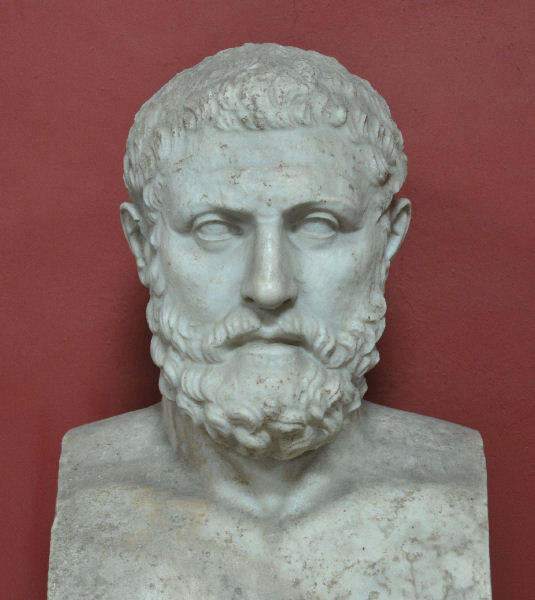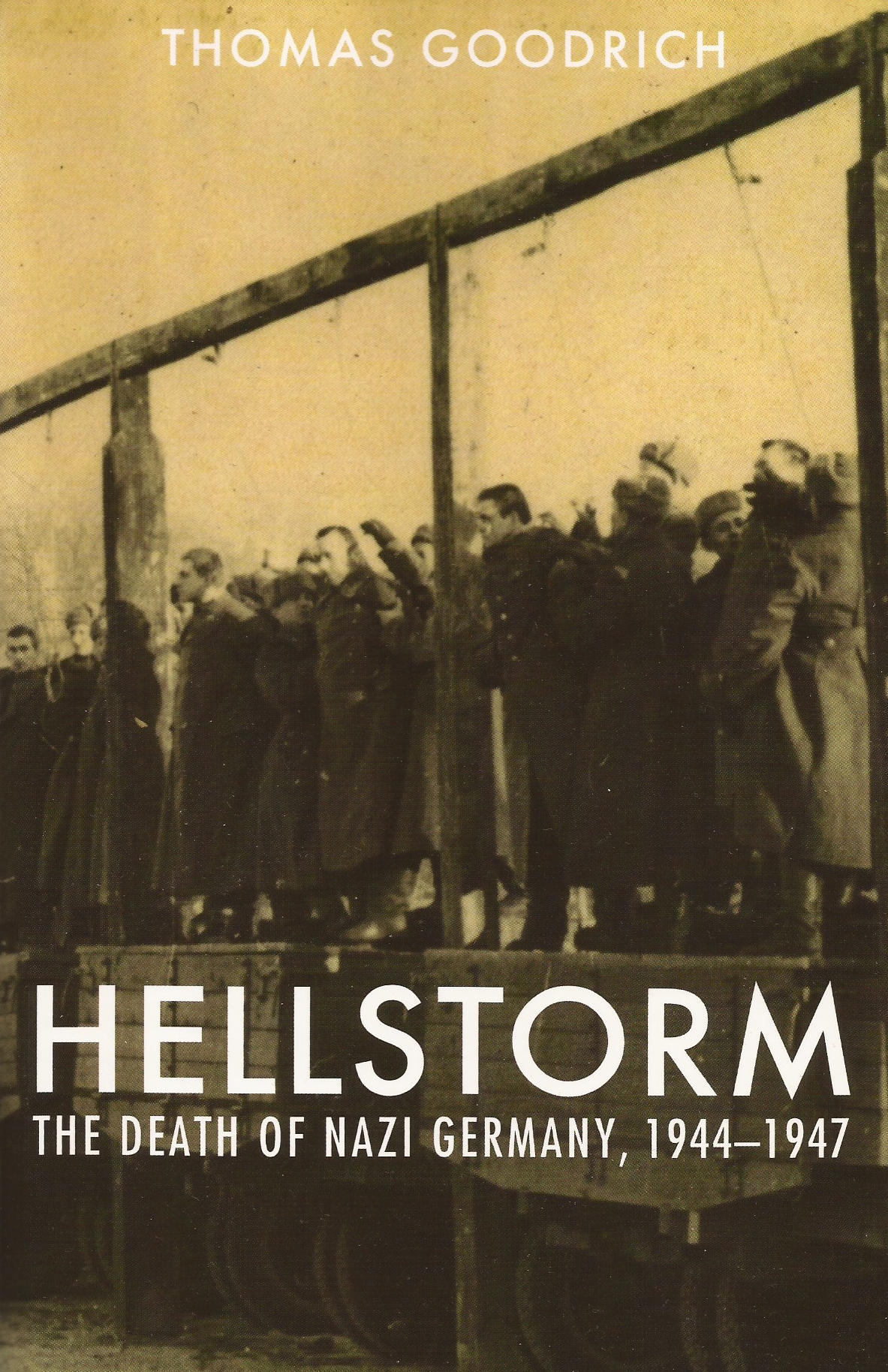Dear César:
Not all Spaniards think like that. The causes of our decline in the past after the Christianization, and in the present, are due to ourselves. I refer to excerpts published in one of my posts last year:
__________________
 Already in pre-Socratic times we can see this disregard for a fundamental part of our culture: in the whimsical and superfluous theogonies and cosmogonies of Epicharmus and Pherecydes, which rivaled the traditions collected and transmitted by Homer and Hesiod and confused the people through pseudo-Orphic and Pythagorean preaching about individual souls and religious proposals of “personal” salvation: individualists and universalists. They divided the people and ended up influencing Plato and some philosophers (Xenophanes). Finally, in post-Socratic times, coinciding with the Alexandrian period—culturally chaotic, cosmopolitan—, philosophical ethics circulated from Cynics, Stoics and Epicureans, already fully individualistic and universalist (transnational, stateless doctrines for “all men”) and consistent with the cultural decay of the time. I think that this was a big mistake; this contempt by the Hellenic “intelligentsia” as Nietzsche said. The Greek people lost their right to their autochthonous gods. This “intelligentsia” should have taken care of the native and ancestral legacy.
Already in pre-Socratic times we can see this disregard for a fundamental part of our culture: in the whimsical and superfluous theogonies and cosmogonies of Epicharmus and Pherecydes, which rivaled the traditions collected and transmitted by Homer and Hesiod and confused the people through pseudo-Orphic and Pythagorean preaching about individual souls and religious proposals of “personal” salvation: individualists and universalists. They divided the people and ended up influencing Plato and some philosophers (Xenophanes). Finally, in post-Socratic times, coinciding with the Alexandrian period—culturally chaotic, cosmopolitan—, philosophical ethics circulated from Cynics, Stoics and Epicureans, already fully individualistic and universalist (transnational, stateless doctrines for “all men”) and consistent with the cultural decay of the time. I think that this was a big mistake; this contempt by the Hellenic “intelligentsia” as Nietzsche said. The Greek people lost their right to their autochthonous gods. This “intelligentsia” should have taken care of the native and ancestral legacy.
This attitude just ended up weakening the strength and security that the people had in their own cultural traditions. These traditions, these “worlds” were part of the ancestral collective memory of our people that was devastated, made it like a desert, annihilated by our own philosophers and thinkers. They were in some way responsible for this great loss, for that debacle, for that alienation which resulted in the loss of our cultures when Christianization took over. They neglected their duty, not only the education of the people, but the care and defense of our traditions (our worlds) before the Other. Our people lost their cultural property, or watched it sullied, undervalued, or ridiculed by their own kind.
The thing did not improve in Roman times when the schools of Stoics and Epicureans dominated everywhere in the Empire, and the words of Cato or Cicero could not avoid the dissolution, this disintegration of the cultural symbolic (colectivas) of Greeks and Romans.
The entry of Jewish, Chaldean, Egyptian and Persian sects found a disoriented people; neglected, abandoned, without guidance and their traditions scorned by the “enlightened” classes. They preyed upon the preachers of these sects. It was not only Plato or Christianity. Centuries of neglect and scorn put our people in the hands of these preachers of foreign divinities.
We can do the same reasoning with the traditions of Germans, Celts, Slavs and others. They seemed to be infected by the general attitude that Greeks and Romans had regarding their own cultures, not valued at all. The values, it seems, were elsewhere: in the economic and the military power, or in religions of “personal” salvation coming from the outside, which denoted disintegration and a previous decomposition of these peoples.
Nothing forced the Goths, Lombards, Burgundians and Franks to be Christianized but their greed for power and willingness to take over the remains of the Empire without reflection or discussion of its “ideological” bases, fully Christianized by the 5th century (the century of the Germanic expansions). This was not the case of forced Christianization, centuries later, of the Saxons and Frisians (by Charlemagne), or the politics from the top (the monarchs) as done by the Norwegians (Olaf “The Holy”) and the Slavs (Vladimir, also “The Holy”). The Germans could have been the liberators of Europe, but they put their arms in the service of a foreign faith and an ecclesia (priestly community). This attitude says very clearly how they were indifferent to their own traditions.
It was a betrayal. Our history would have been different if they had remained faithful to the cultural legacy of their ancestors.
Breaking the sacred bonds wrought what it wrought. And from the ominous Christianization of our people we have been suffering this cultural and spiritual alienation that affects us so much; this drift, this going astray, this wandering…
The post-mortem world of the Indo-European cultures has to do with the collective memory of the people. It is a “space” that houses the gods, but also the Fathers, all the ancestors without distinction. This can be seen in the Hittite or Aryan-Vedic world (with Yama, Manu’s brother, and the first mortal); in the Celtic world (remember the original Halloween), or in the Roman world (the Manes). Keeping memory and even worship of the absent, the departed, was part of the education and morals of our ancestors, and was a sign of distinction and nobility against other peoples. The Patricians were those who had Fathers, who kept memory of the Fathers, in the sense already said. Let’s say that this memory was part of the “being” for our Indo-European ancestors.
Forgetfulness or loss of these “spaces” had (and has) bad consequences. Precisely the Christian or Muslim preachers noticed such loss or damaged being; this symbolic amputation among the peoples, and therefore preached (and still preach) their values. The loss or decline or forgetting of these spaces leaves people orphaned and incomplete. This was the picture that the Christian apostles (Jews) found in the area of the Roman Empire: stranded peoples abandoned to their lot; incomplete, empty. They found the right spot to spread their worlds. They found people without “being,” without memory, without identity and already acculturated—by their own kind. Christian acculturation, or later Muslim acculturation, allowed these people to complete their symbolic being—at least spuriously in the outside.
What I’m writing down has a counterpart, a repetition in our contemporary European and Western world. Both are similar circumstances that repeat the cultural deterioration and we see a return to the same religious-cultural “offers”—the everlasting impostors, the usurpers. Not only Christians and the “people of god” (the Hebrew god) lacking a homeland (but with Israel as sacred land), but the “umma”, the stateless Muslim “nation” (though based in Mecca). And also the politicians and the intellectuals: from democratic universalism to proletarian internationalism (Marx’s “workers or proletarians have no fatherland”) to sociologists such as the cosmopolitan Adorno or Marcuse, or Derrida who preaches the philosophy of the philosopher as cosmopolitan and stateless.
It’s the same song again, the same charm, the same lure, the same trap.
__________________
You can find similar reasoning in my blogging of the last year (there are 68 pages) and the posts published this year. I would like you to read, at least, those entries.
The subject requires a great deal of debating with the participation of all Aryan nations: a process of self-gnosis that revisits at least our last two millennia, although in my opinion we should start with the cultural deterioration that has its beginning in the pre-Socratic times and reached its climax in imperial Rome (from Caesar on).
Well, César, I don’t take more of your time.
Regards,
Manu







